Home

Benefits of HSG Test: The Secret to Boosting Your Chances of Getting Pregnant
In this Article
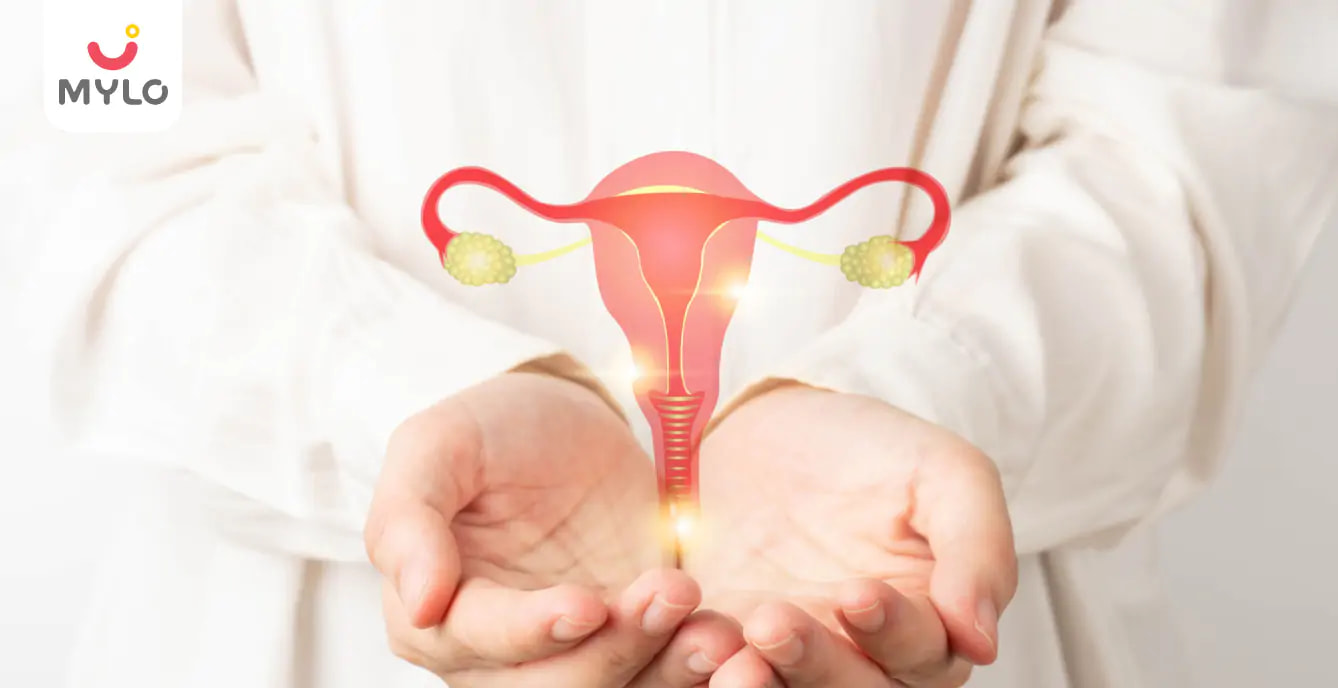
Getting Pregnant
Benefits of HSG Test: The Secret to Boosting Your Chances of Getting Pregnant
Updated on 12 September 2023



Medically Reviewed by
Dr. Shruti Tanwar
C-section & gynae problems - MBBS| MS (OBS & Gynae)
View Profile

The journey towards motherhood can be one of the most beautiful and rewarding experiences in a woman's life. However, for some, it can be a journey fraught with challenges and obstacles. Infertility affects one in eight couples, and many women struggle to conceive despite their best efforts. But with modern medical technology like the HSG test, there is hope for women struggling with fertility issues. In this article, we'll explore the benefits of HSG test and why it may be the secret to finally achieving your dream of motherhood.
What is HSG Test and How is it Done?
HSG stands for Hysterosalpingography, a diagnostic test that uses X-rays to examine the uterus and fallopian tubes. This test is usually performed in a radiology department or a fertility clinic. During the test, a dye is injected through the cervix into the uterus. The dye then flows through the fallopian tubes, allowing the doctor to see if there are any blockages or abnormalities.
The procedure typically takes around 30 minutes to complete. The patient lies on an X-ray table while a speculum is inserted into the vagina to visualize the cervix. A catheter is then inserted through the cervix, and the dye is slowly injected into the uterus. The patient may feel some discomfort or cramping during the procedure.
You may also like: Fertility Test for Men and Women: What to Expect and Next Steps
Benefits of HSG Test
There are several benefits of performing an HSG scan for women trying to conceive, including:
1. Diagnosing fertility problems
HSG can help diagnose fertility problems such as blocked fallopian tubes and an irregularly shaped uterus.
2. Planning for further imaging
HSG can help plan for further imaging or procedures, such as laparoscopy, if necessary. The test can also show irregularities in the uterus, which can help plan for further imaging.
3. Enhancing natural probability of pregnancy
A study found that women who had an HSG test were more likely to conceive within the first six months of trying than women who did not have the test. The study also found that women who had a blocked tube cleared during the test had an even greater chance of getting pregnant.
However, it is important to note that an HSG test does not guarantee removal of blockage from fallopian tubes.
4. Increasing pregnancy success
Pregnancy after a hysterosalpingogram (HSG) may be more likely depending on the cause of infertility, with an oil-based contrast during the HSG significantly improving pregnancy rates.
Who Should Consider Getting an HSG Test?
You should consider getting an HSG procedure done if:
- you have been trying to conceive for a year or more without success
- you have a history of pelvic infections, endometriosis, or previous surgery on the reproductive organs
- you have experienced multiple IUI failures
Risks and Side Effects of HSG Procedure
Knowing the benefits of HSG test is not enough, it’s important to know its side effects and potential risks as well. As with any medical procedure, there are risks and side effects associated with the HSG test. Some women may experience cramping or discomfort during the procedure, while others may feel dizzy or nauseous. There is also a small risk of infection or allergic reaction to the dye used during the test. In rare cases, the dye may cause an allergic reaction that can be life-threatening.
Women who are allergic to iodine or shellfish should inform their doctor before the test. Additionally, women who are pregnant or suspect they may be pregnant should not undergo the HSG scan.
You may also like: 8 Natural Herbs to Boost Fertility: Your Guide to Ayurveda's Best Kept Secrets
How Much Does HSG Test Cost?
The cost of an HSG test can vary depending on the location and the healthcare provider. On average, the cost can range from ₹3000 to ₹4500. It's important to check with your healthcare provider or diagnostic center to get an accurate cost estimate. Some insurance companies may cover the cost of the test, so it is important to check with your provider beforehand.
Preparing for HSG Test - What to Expect
While you know the benefits of HSG test, it’s also important to know what to expect before, during and after the HSG procedure.
Before the HSG test, the patient will be advised to avoid sexual intercourse for a few days. The doctor may also recommend taking pain medication before the procedure to help manage any discomfort. The patient should also inform the doctor of any allergies or medical conditions they may have.
HSG Procedure - What Happens During and After the Test
During the HSG scan, the patient will lie on an X-ray table while the doctor inserts a catheter through the cervix and into the uterus. The dye is then slowly injected, and X-rays are taken to visualize the uterus and fallopian tubes. After the test, the patient may experience some cramping or spotting, but this should resolve within a few days.
You may also like: Do Antibiotics Affect Fertility: Debunking Common Myths and Misconceptions
HSG Test Results - Interpreting the Findings
The doctor will review the X-rays taken during the HSG test and interpret the findings. If there is a blockage in one or both fallopian tubes, the doctor may recommend further testing or treatment. If the tubes are clear, the doctor may suggest additional testing to determine the cause of infertility.
FAQs
1. How soon after HSG can you try to conceive?
Many doctors recommend waiting at least 48 hours before having sexual intercourse after the HSG procedure. This allows the cervix to close and reduces the risk of infection.
2. After HSG test when can I have intercourse?
The patient can resume sexual activity once any discomfort or spotting has resolved. This usually takes a few days.
3. What are the chances of pregnancy after HSG test?
The chances of pregnancy after an HSG scan depend on various factors, such as the age of the woman and the cause of infertility. However, studies have shown that women who have an HSG test are more likely to conceive within the first six months of trying.
4. What are the symptoms of pregnancy after HSG test?
The symptoms of pregnancy after an HSG procedure are the same as those of a typical pregnancy. These may include missed periods, nausea, fatigue, and tender breasts.
Key Takeaways
The HSG test is a beneficial diagnostic tool that can help identify the cause of infertility and improve the chances of getting pregnant. Women who have been trying to conceive without success should consider getting the test. While there are risks and side effects associated with the test, the benefits of HSG test outweigh the potential drawbacks.
References
- Schankath AC, Fasching N, Urech-Ruh C, Hohl MK, Kubik-Huch RA. (2012). Hysterosalpingography in the workup of female infertility: indications, technique and diagnostic findings. Insights Imaging
- Al-Jaroudi D, Aldughayyim AA, Alshamry WS, Alrashidi AS, Bahnassy AA. (2018). Hysterosalpingogram findings among subfertile women undergoing assisted reproductive technology. Int J Womens Health.





Medically Reviewed by
Dr. Shruti Tanwar
C-section & gynae problems - MBBS| MS (OBS & Gynae)
View Profile


Written by
Mylo Editor
Official account of Mylo Editor
Read MoreGet baby's diet chart, and growth tips

Related Articles
RECENTLY PUBLISHED ARTICLES
our most recent articles
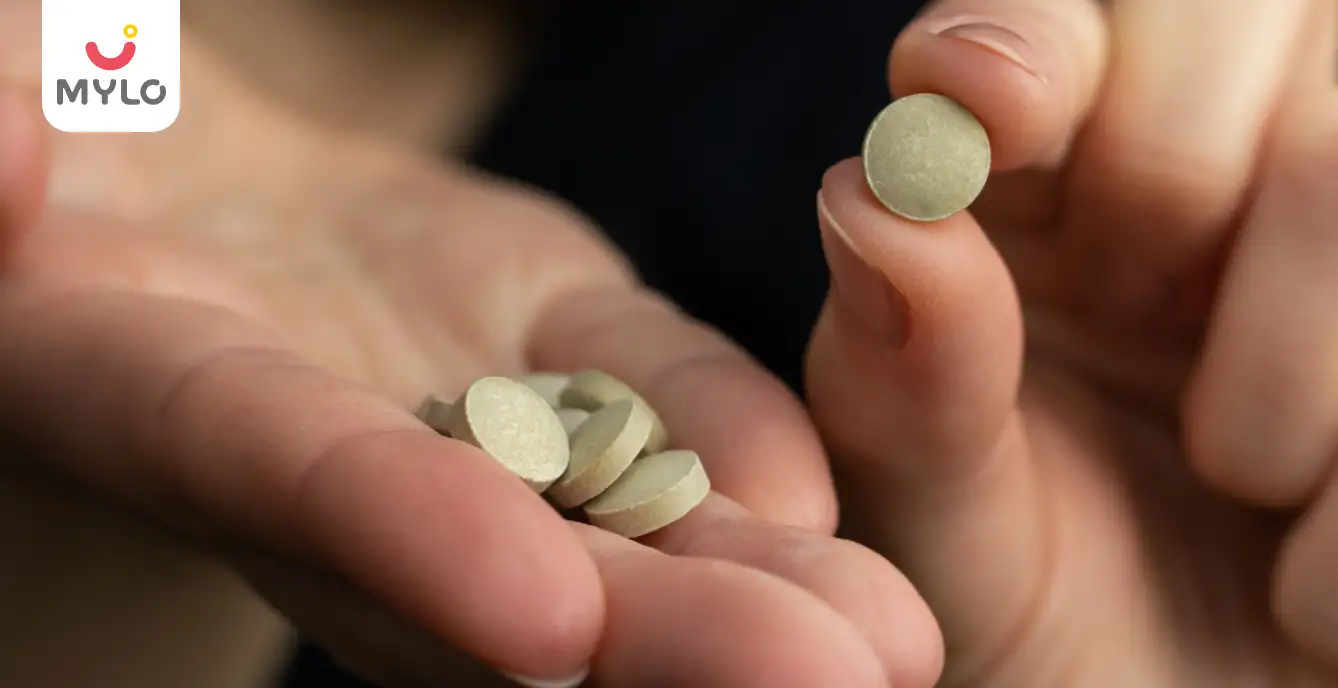
Reproductive health
Deviry Tablet Uses: How to Maximize The Benefits for Your Reproductive Health
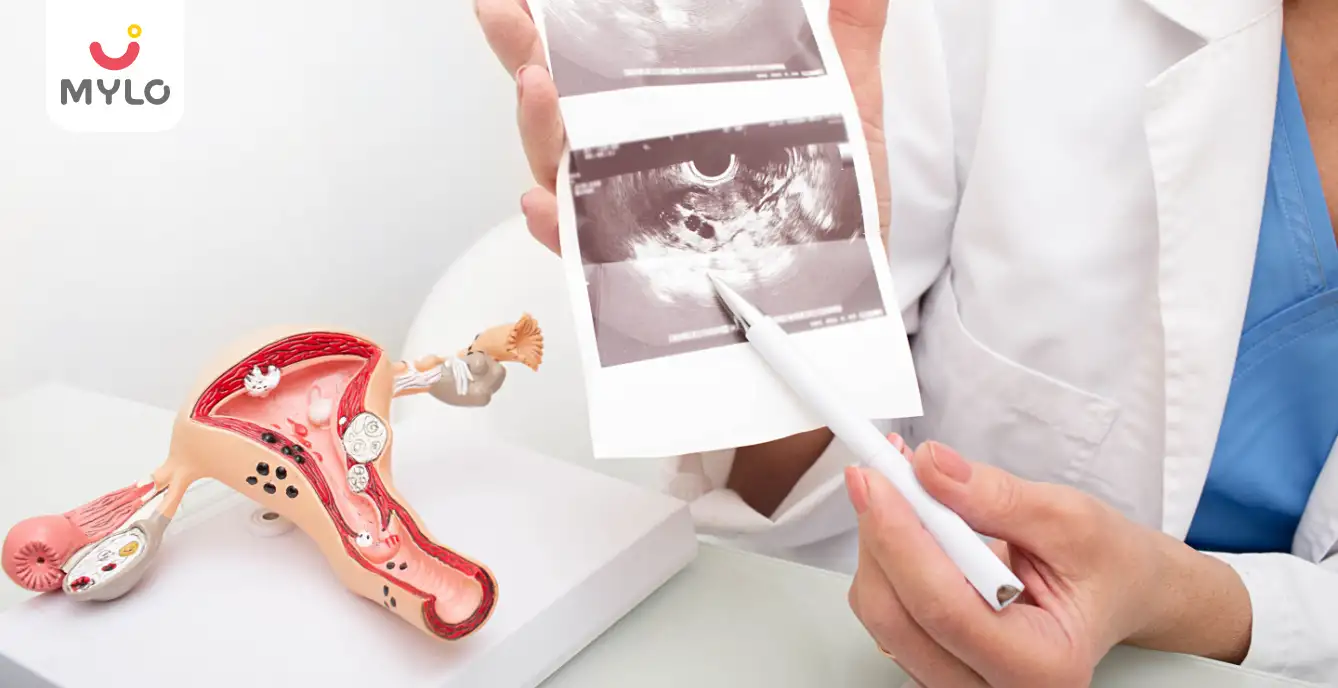
In Vitro Fertilization (IVF)
Endometrial Thickness for IVF: The Ultimate Guide to Successful IVF Outcomes
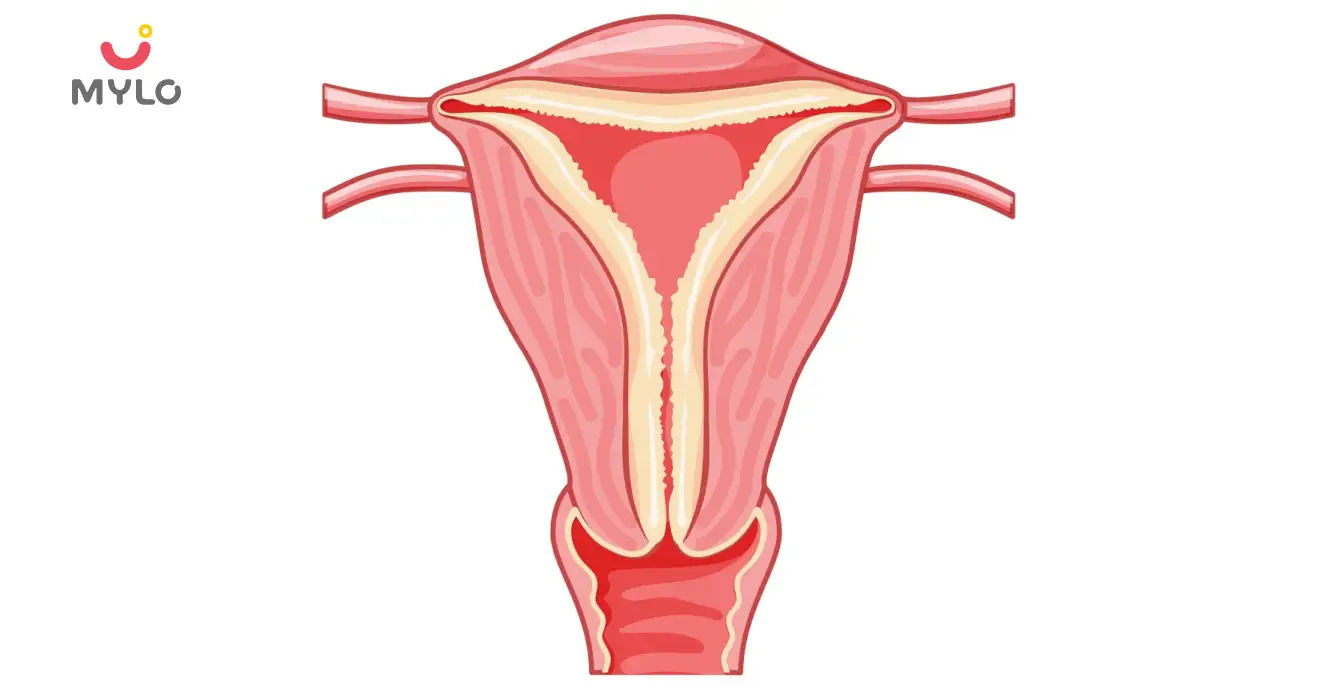
Fertility
Normal Endometrial Thickness: A Key Indicator of Female Fertility
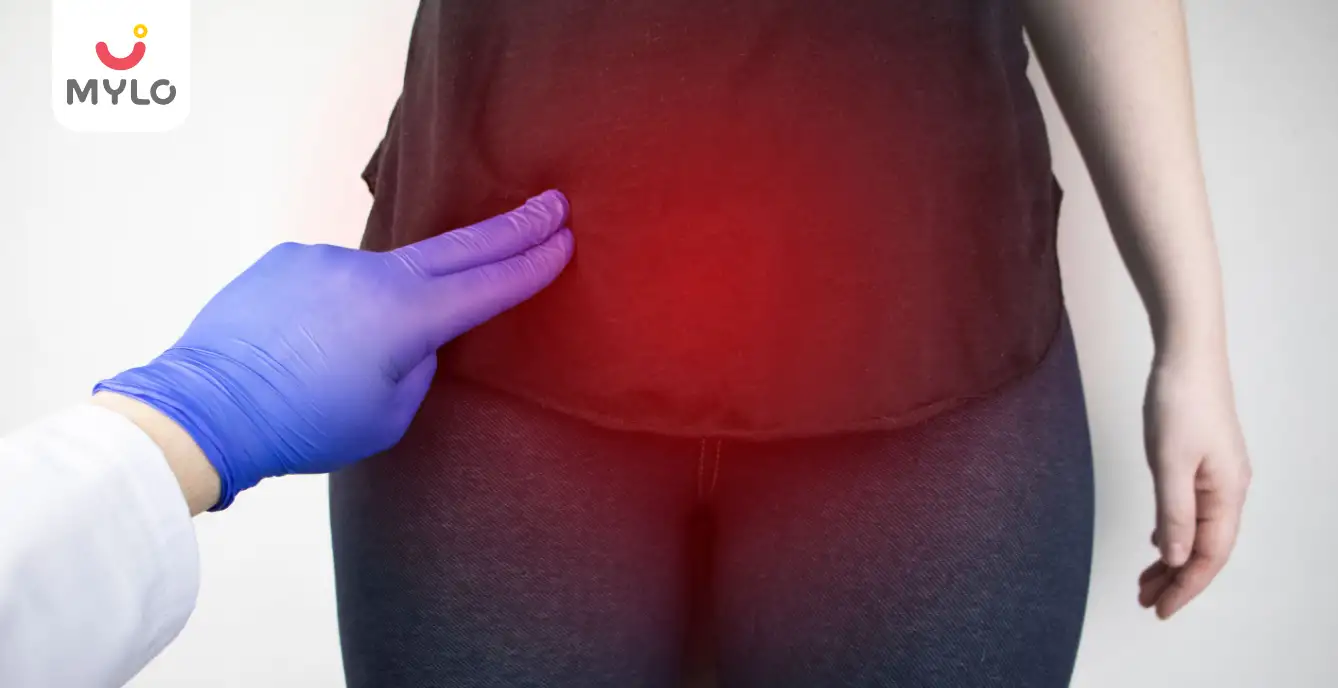
Fibroids
Uterine Artery Embolization: A Non-Invasive Solution for Fibroids
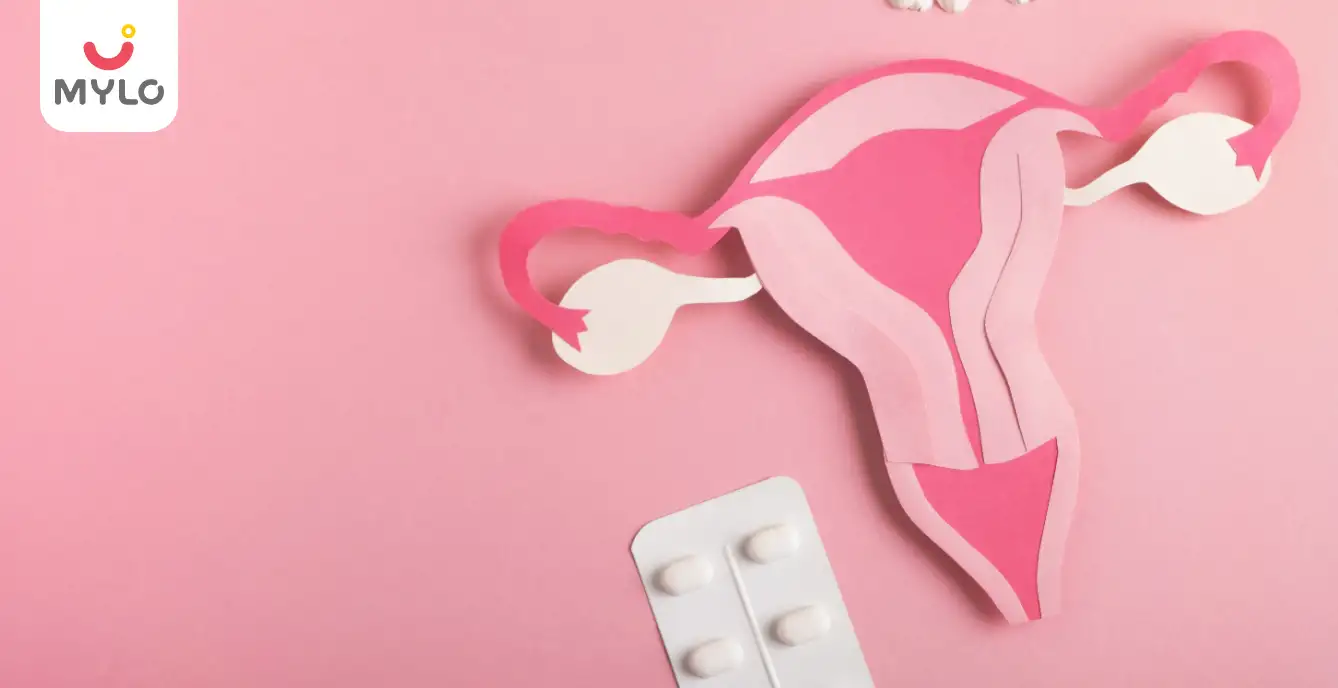
Menstrual Cycle
Deviry 10mg for Menstrual Disorders: Is It the Right Choice for You
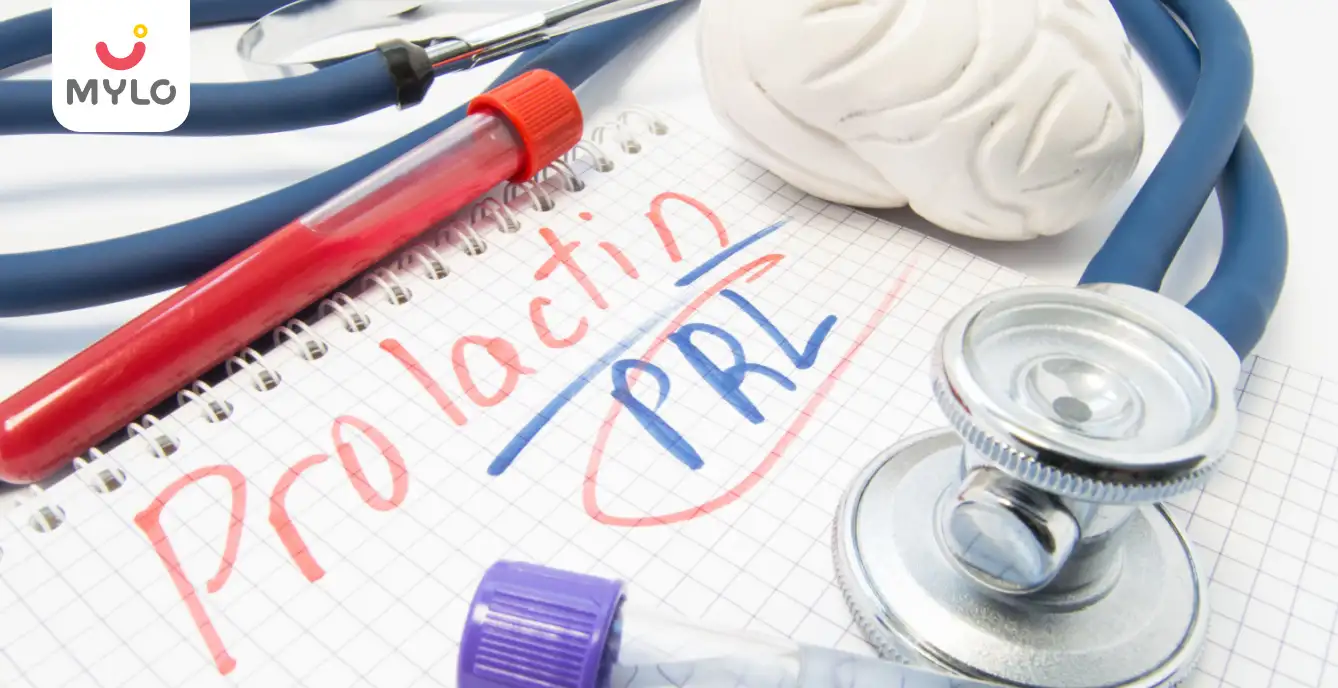
Hormones
Hyperprolactinemia: How High Prolactin Levels Can Affect Your Chances of Conception
- Myomectomy: A Comprehensive Guide to Uterine Fibroid Removal Surgery
- The Hormonal Dance: Understanding Which Hormones Regulate Menstrual Cycle
- 7 home remedies to cure cough and cold in infants
- How to Increase Endometrial Thickness: Your Guide to Science-Backed Tips
- Endometrial Scratching: The Ultimate Guide to Meaning, Benefits and Impact on Conception
- The Ultimate Guide to Buying a Baby Bath Tub for New Parents
- Strawberry in Pregnancy: Why Should This Fruit Be on Your Pregnancy Platter?
- Benefits of Wearing a Pregnancy Belt Before Delivery
- PCOS Treatment in Homeopathy: The Ultimate Guide to Natural Remedies
- Manjistha: Ayurveda's Best-Kept Secret for Health and Beauty
- Metformin for PCOS: How This Medication Can Help Regulate Hormonal Imbalances
- 5 Tips on How to Get Pregnant When You Are Fat
- Do Antibiotics Affect Fertility: Debunking Common Myths and Misconceptions
- Disadvantages of Releasing Sperm Daily: Debunking Common Myths


AWARDS AND RECOGNITION

Mylo wins Forbes D2C Disruptor award

Mylo wins The Economic Times Promising Brands 2022
AS SEEN IN
















- Mylo Care: Effective and science-backed personal care and wellness solutions for a joyful you.
- Mylo Baby: Science-backed, gentle and effective personal care & hygiene range for your little one.
- Mylo Community: Trusted and empathetic community of 10mn+ parents and experts.
Product Categories
baby carrier | baby soap | baby wipes | stretch marks cream | baby cream | baby shampoo | baby massage oil | baby hair oil | stretch marks oil | baby body wash | baby powder | baby lotion | diaper rash cream | newborn diapers | teether | baby kajal | baby diapers | cloth diapers |








